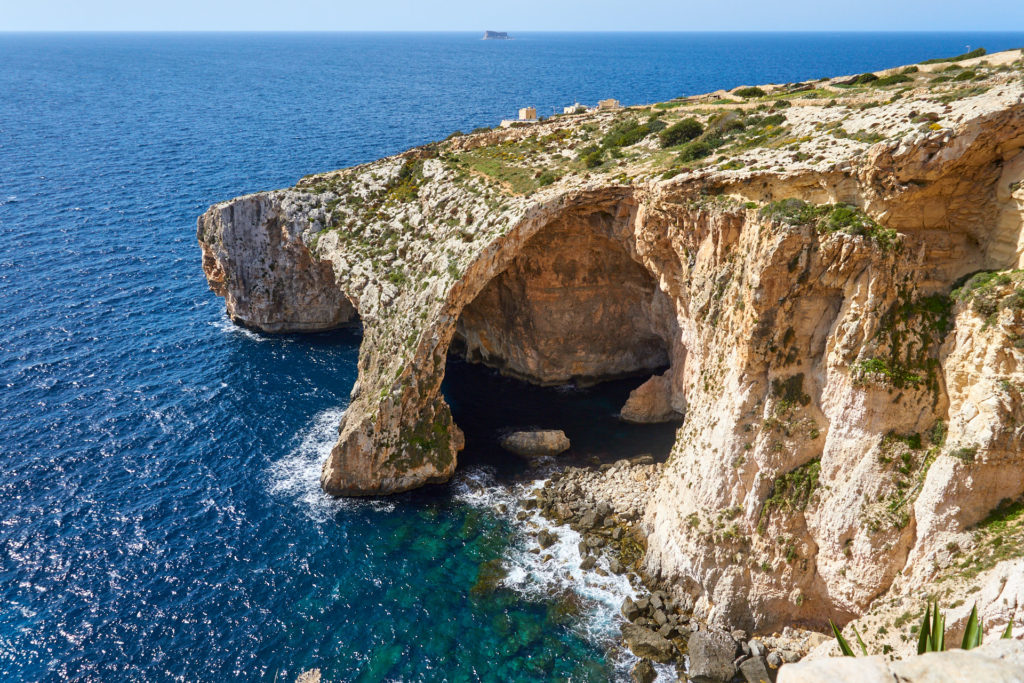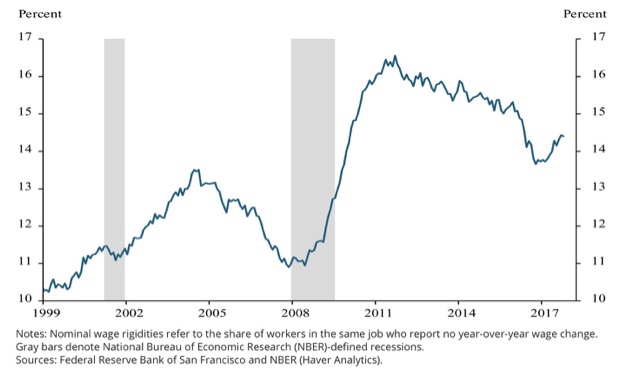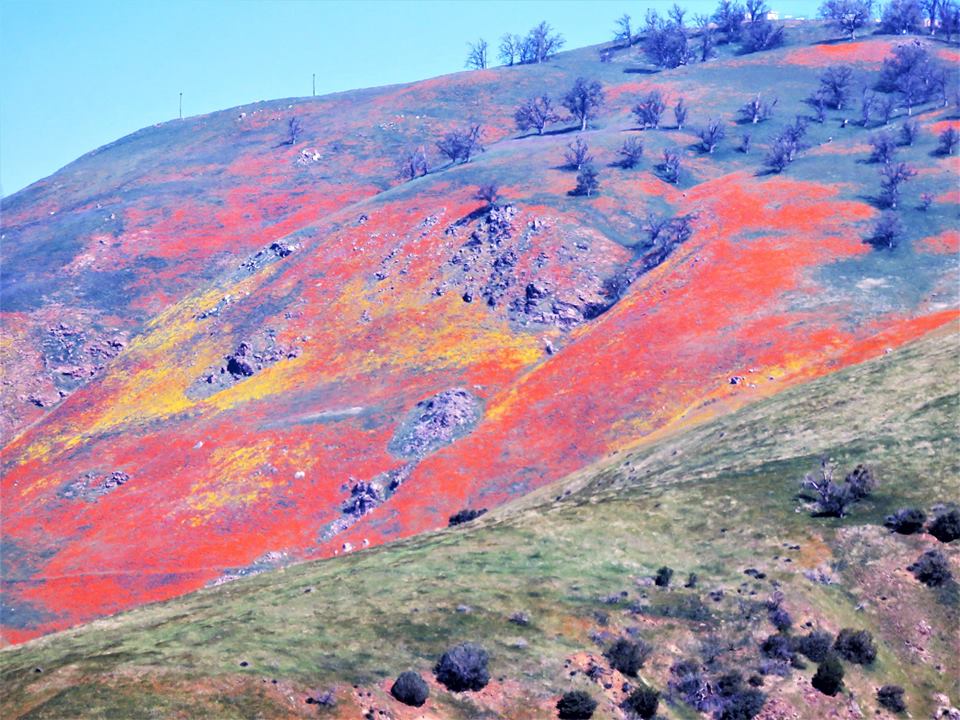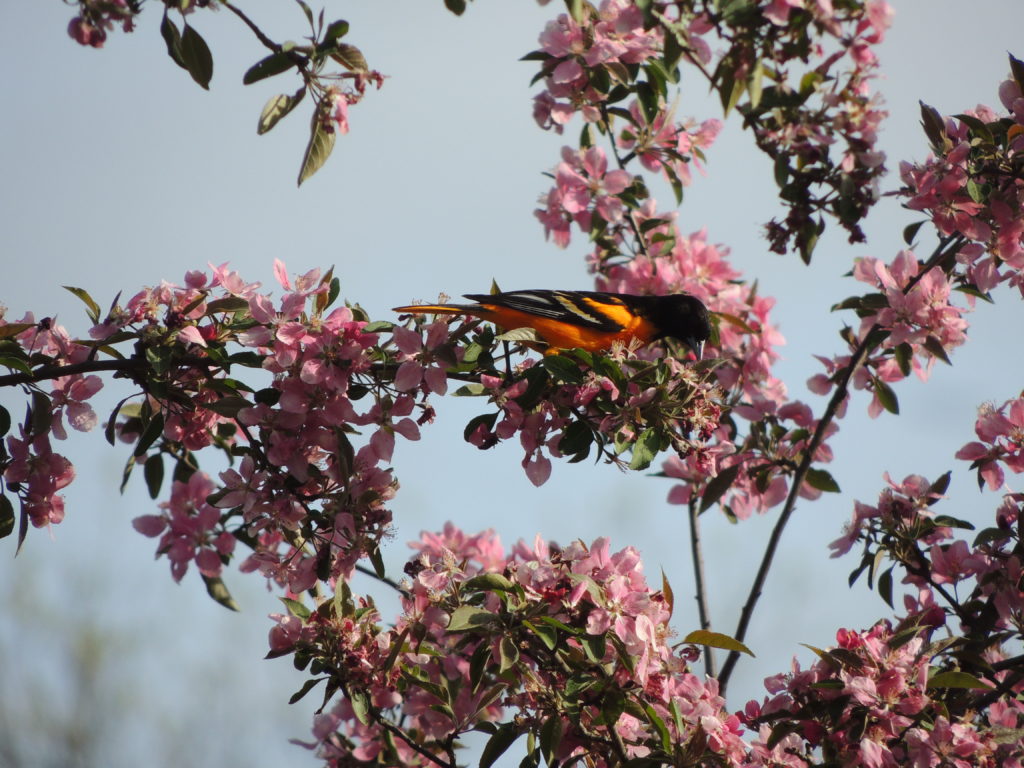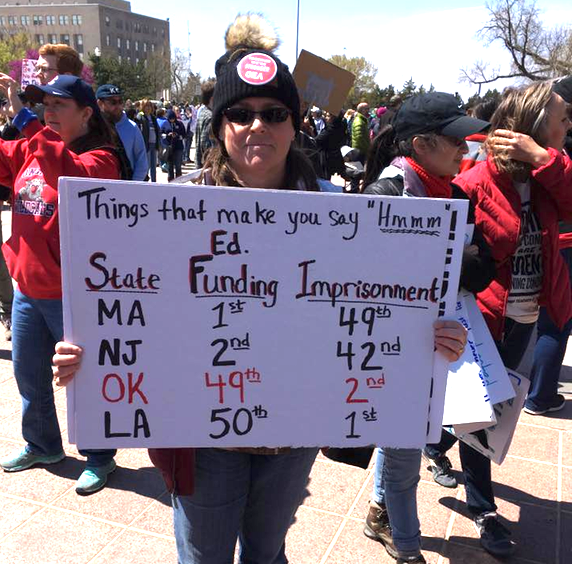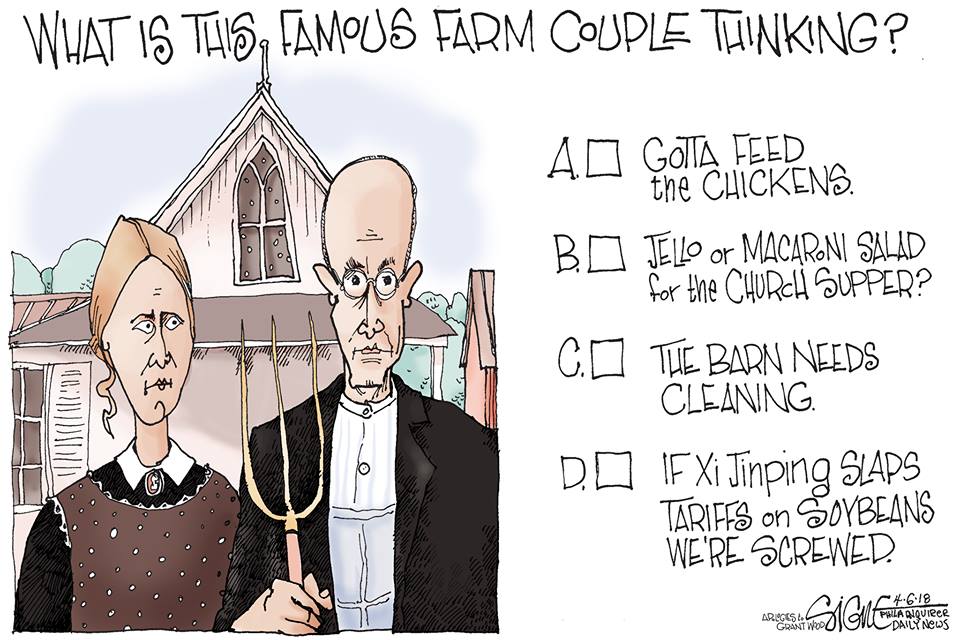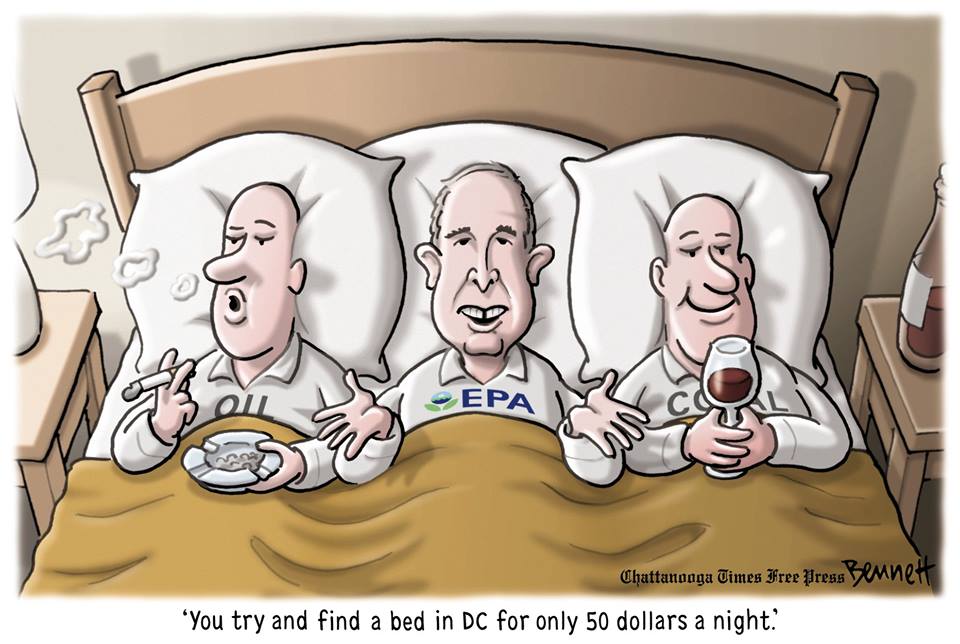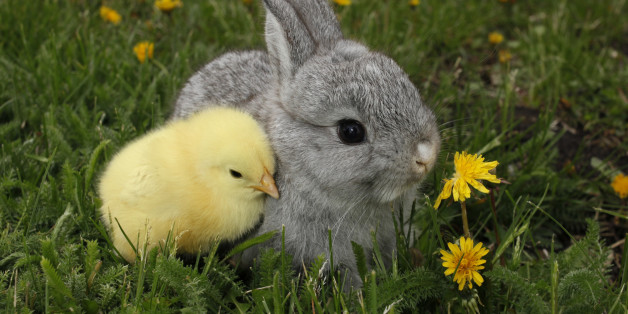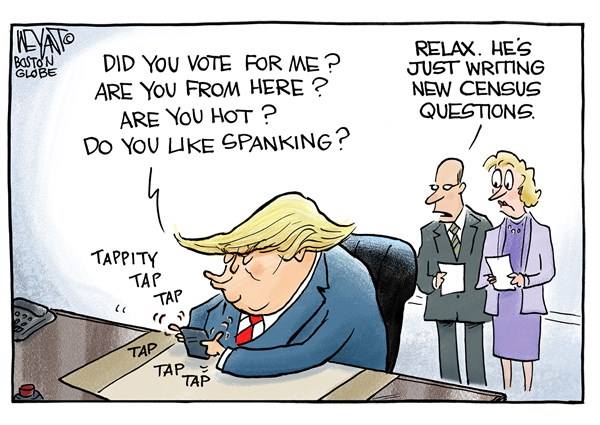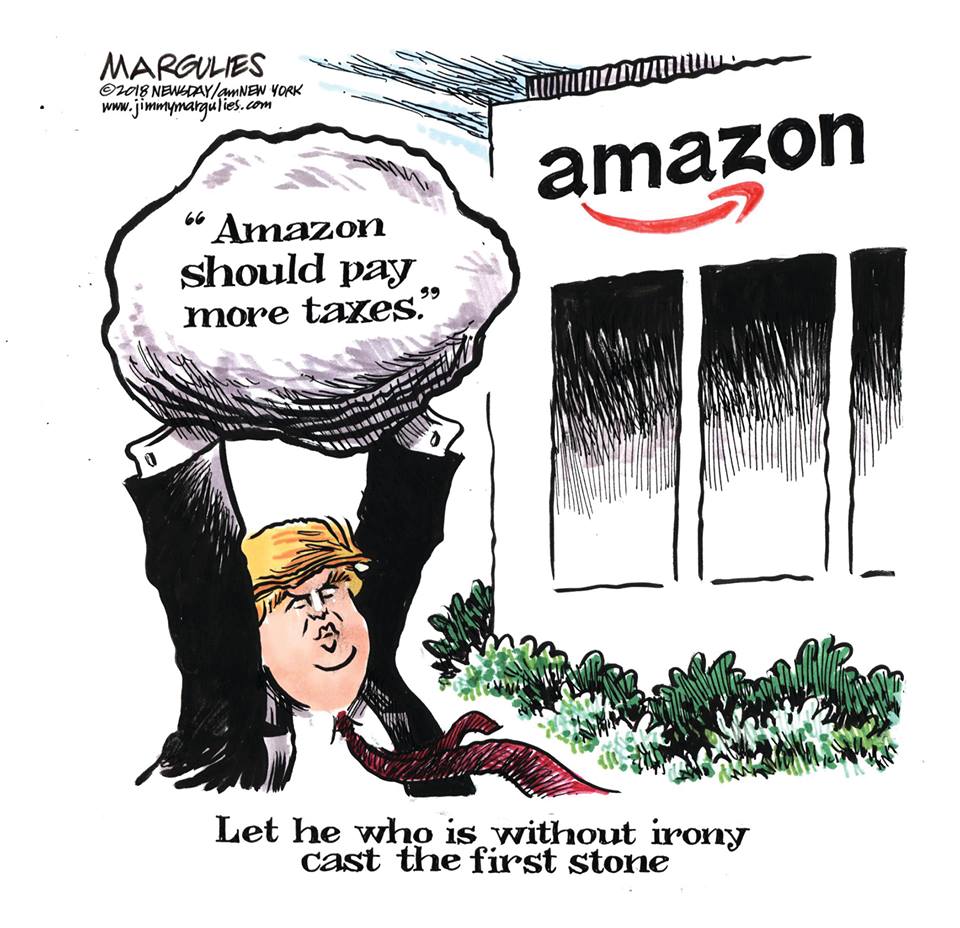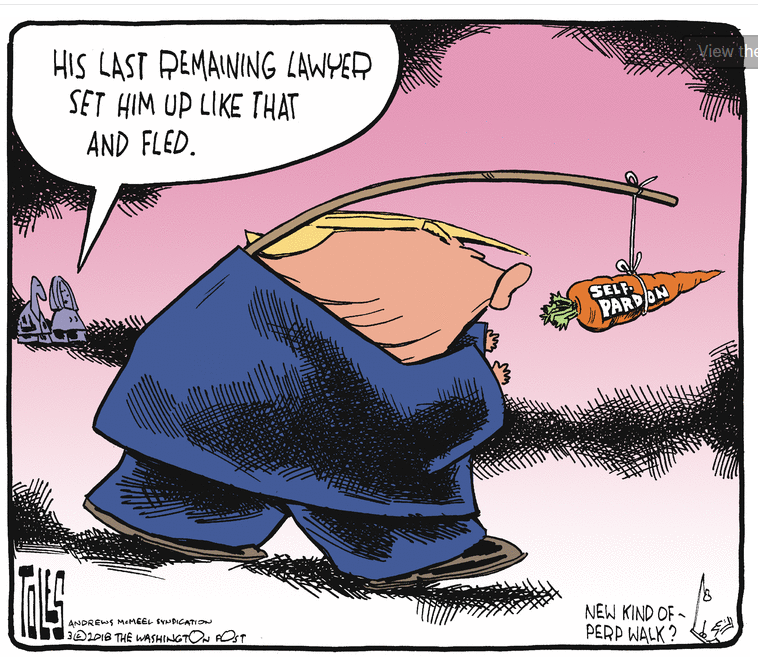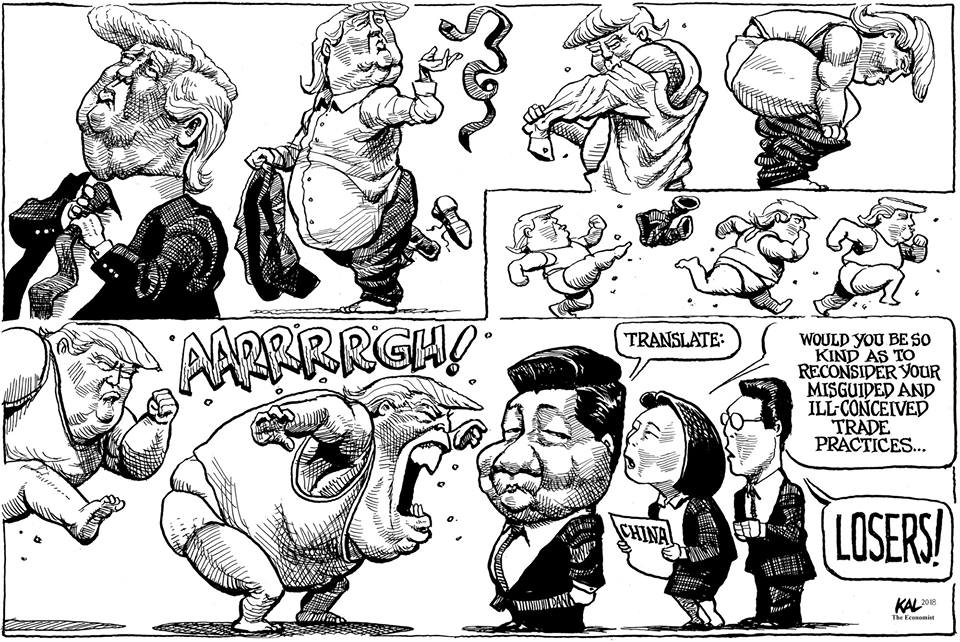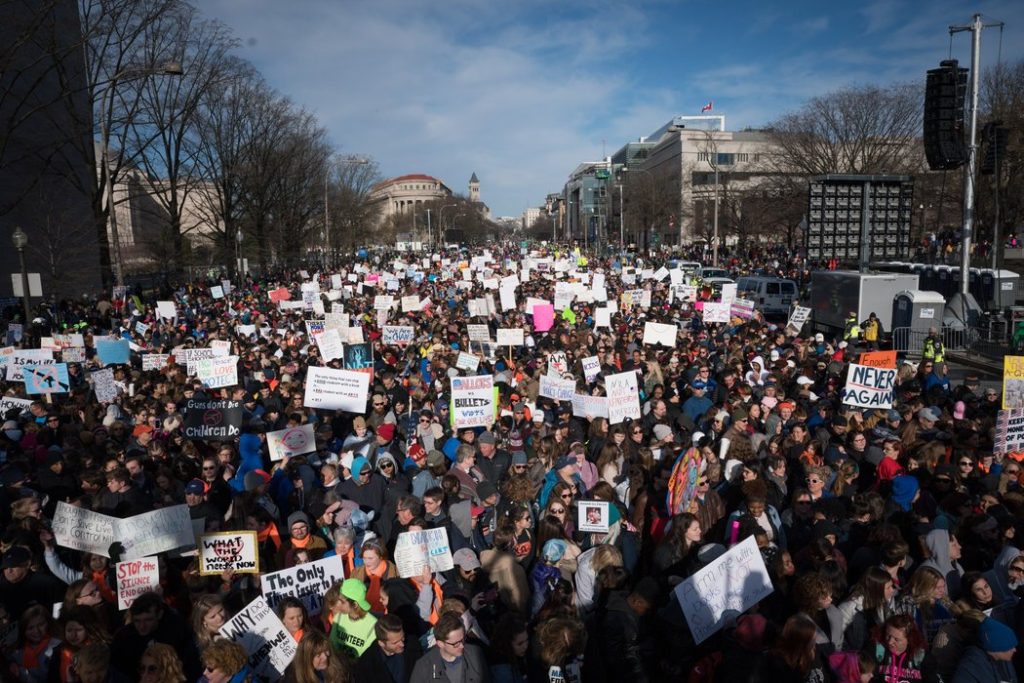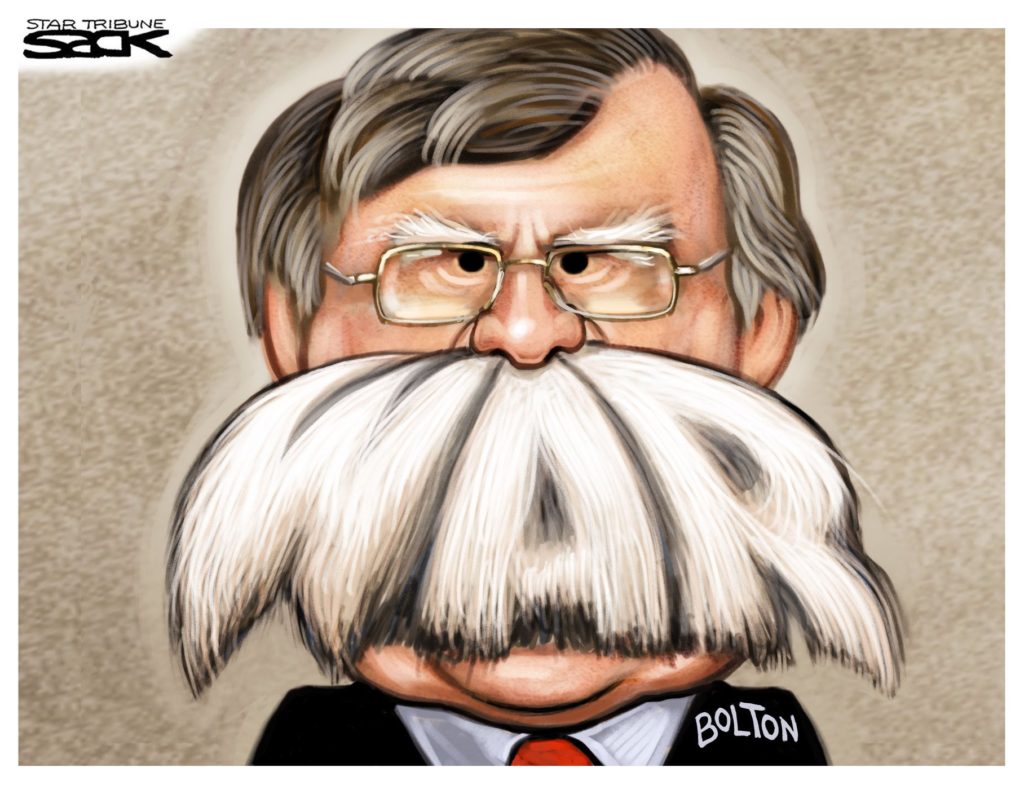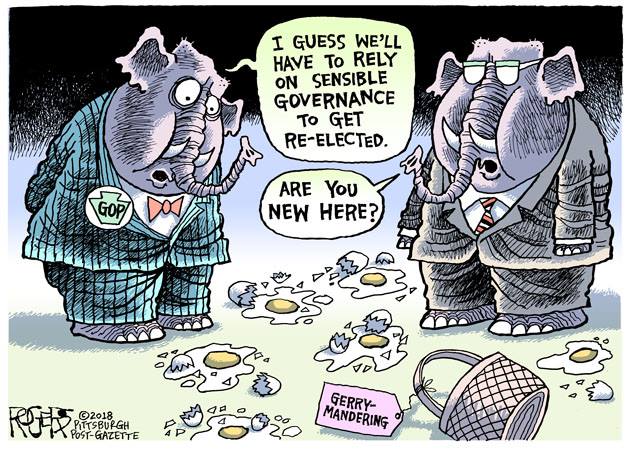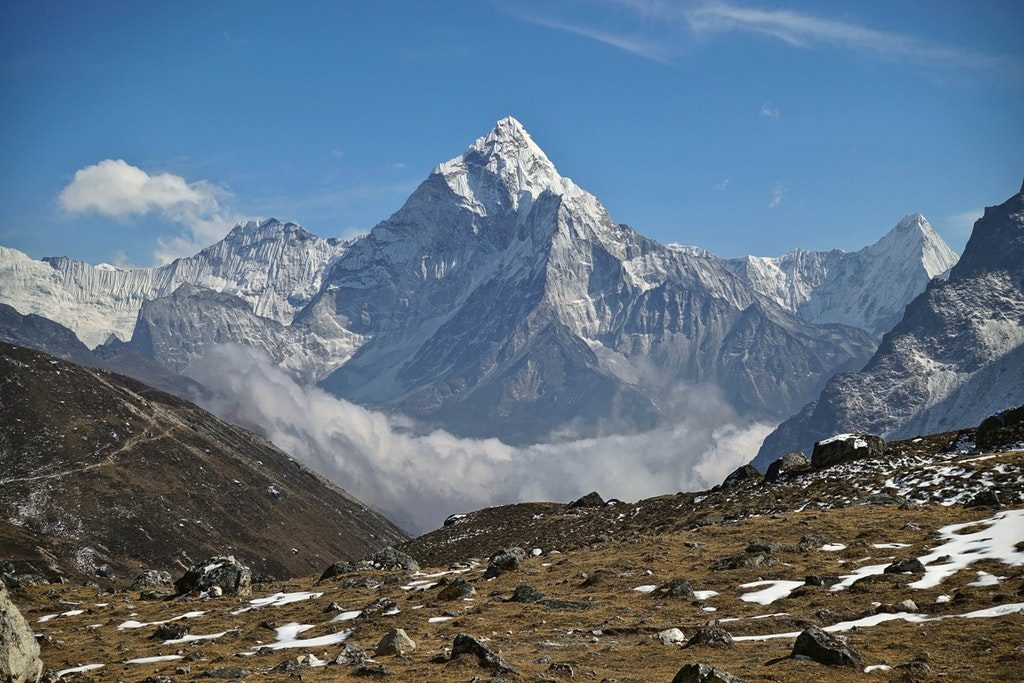The Daily Escape:

Louvre, Paris – 2017 photo by Brotherside
Let’s leave North Korea and the G-7 for others to worry about. Wrongo suggests that you read “Crisis on the High Plains: The Loss of America’s Largest Aquifer- the Ogallala” from the University of Denver’s Water Law Review. Here’s the key section:
The Ogallala Aquifer supports an astounding one-sixth of the world’s grain produce, and it has long been an essential component of American agriculture.
This isn’t new news. There were plenty of environmental writers in the 1980’s and 1990’s highlighting the depletion of the Ogallala Aquifer as the biggest single threat to world food supplies.
The Ogallala is an interconnected series of water bodies, not one single geological water body. That implies that the last drop extracted from a New Mexico well will not cause immediate drought in Nebraska. But it is still possible that catastrophic depletion could occur over a tight enough timescale to cause a major disruption of US food supplies, especially in light of climate change. Here is a map of the Ogallala that shows the depletion of water from about 1950 to 2015:
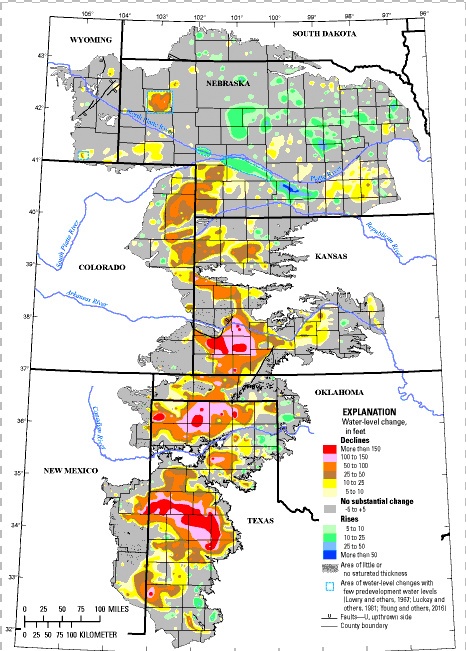
Source: USGS SIR 2017-5040
Sadly, the prospect of the US managing our water resources seems well beyond our will and ability. We also see this in California, where the aquifers in the Central Valley are being depleted by farming.
Most of the time, the primary cause of water depletion is the decision of farmers to grow crops which are unsuitable for the local climate, invariably for financial reasons. The only true solution is a long term retreat from high water demand crops grown in semi-arid areas, in favor of growing them in more suitable areas.
And who are these farmers? We know about the corporate farms in the Midwest, but some farmers are actually foreign countries. This from NPR: (emphasis by Wrongo)
Outside of Phoenix, in the scorching Arizona desert, sits a farm that Saudi Arabia’s largest dairy uses to grow hay for cows back home. That dairy company, named Almarai, bought the farm last year and has planted thousands of acres of groundwater-guzzling alfalfa to make that hay. Saudi Arabia can’t grow its own hay anymore because those crops drained its own ancient aquifer.
More:
They got about 15 water wells when they purchased the property. Now, each one of those wells can pump about 1.5 billion gallons of water. It’s an incredible amount of water they’re going to be drawing up from that aquifer underground…
The remarkable thing about this Saudi Arabian company is that it did the same thing in Saudi until the water ran out. The aquifers they used to grow hay and alfalfa at home simply went dry, and the Saudi government told its dairy companies to start importing hay from elsewhere.
It turns out that hay yields in the desert are the best in the US. You can literally get three or four times as much hay growing in the desert because you have a very long growing season: It’s hot, so the hay dries really quickly once it’s cut. It turned out this was such a good idea, the UAE decided to buy a farm in Arizona too.
America has already given away our manufacturing capability, and thereby created the rust belt. Now, we’ve decided to “export” our water.
Saudi Arabia’s amber waves of grain. Because, “free trade.”
The Ogallala article mentions that, if everyone immediately reduced their usage by 20%, the aquifer should last another 100 years. That’s the generation of Wrongo’s great-great-grandchildren (as yet unborn).
Not much time if you think that the Ogallala has been with us for 10,000+ years.
If we believed that the water resource should belong to those who must pay to replenish and renew it, rather than to those who can monetize it most profitably, our property rights laws would have to be different.
But we don’t, and they aren’t.
Our culture is predatory.
When the spoils are eaten, there is no more. Who will we turn on then?

